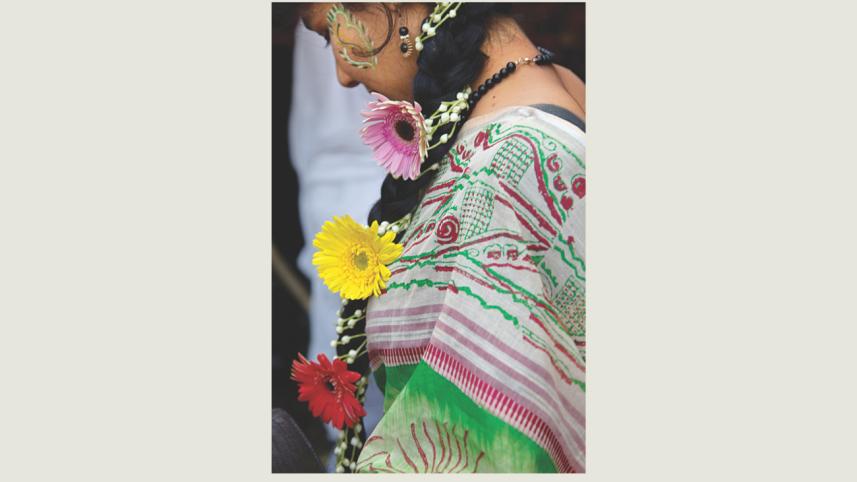Chasing “the One”

But how do you find that photograph? I turned to the great photographers for an answer.
As a photographer I am constantly searching for "the One", that special photograph that shows something never seen before, evokes strong feelings – even passion - from the viewer, perhaps breaks some rules, and, most of all, leaves its imprint on your memory.
But how do you find that photograph? I turned to the great photographers for an answer.
Robert Doisneau, the French master, said, "If I knew how to take a good photograph, I'd do it every time."
Edward Weston, the American master, told us, "To consult the rules of composition before taking a photograph is a little like consulting the law of gravitation before going out for a walk."
Weston's student, the great landscape photographer Ansel Adams, set our expectations. "Twelve significant photographs in any one year is a good crop", he said.
Hmmmm. Maybe I should follow Nike's advice: "Just do it."
But then, why is it so difficult to do, to take that special photograph? It is because so many things have to come together perfectly when you click the shutter: light, colours, viewpoint, subject matter, facial expression, time and timing, sometimes even the month of year, and of course technical competence. Whatever this photograph does – tell a story, evoke an emotion or a memory, recreate a time and place, capture a person's life experience in one portrait – the One is greater than the sum of its parts. It is nothing short of a miracle, bringing a joy so immense that it wipes out the drudgery of taking all those other mediocre photographs.
Chance plays an important role. The more time you spend "in the game," ready and looking for a great photograph, the better your chances of finding the One.
Precision is another key. As Henri Cartier-Bresson once said, "The difference between a good picture and a mediocre picture is a question of millimetres." He is talking about the viewpoint and distance from the subject. Moving yourself or your camera just one millimetre this way or that will make or break a photograph. Precise timing is crucial.
When taking pictures I never know immediately if I have captured the One. To evaluate the photographs, I wait for a few days to create a distance between them and my experience. For example, I might go to the Pahela Baishakh festival and enjoy it while taking photographs. But if I try to pick the best photographs on the same day, my judgement will be biased by my immediate memories and feelings from the experience.
As I continue searching, I realise that many of my significant photographs were created almost casually, in an unexpected manner. My intellect had asked me to disregard the subject, but my gut told me, "Go ahead, humour me, take the picture." In more instances than one, that photograph has turned out to be the One. Perhaps instinct, more than anything else, can guide me in this search.
www.facebook.com/tangents.ikabir.



 For all latest news, follow The Daily Star's Google News channel.
For all latest news, follow The Daily Star's Google News channel.
Comments